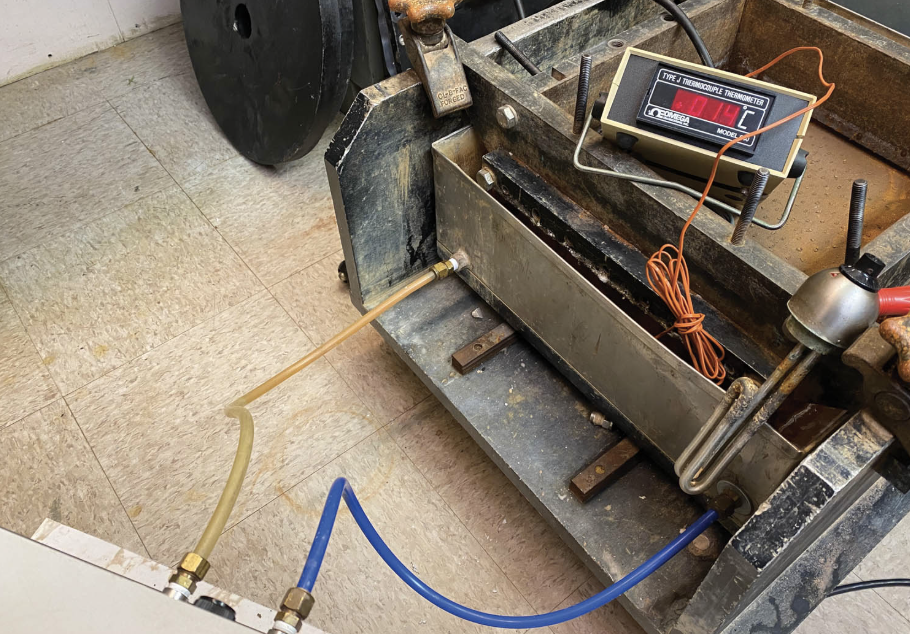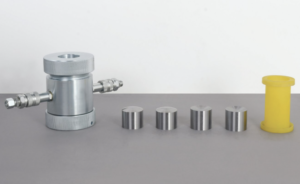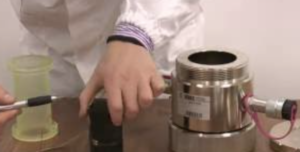Why Is Direct Shear Testing Important?
Direct shear testing is a critical laboratory procedure used to measure the shear strength of soil, informing engineers about how soil behaves under stress. This understanding is essential for safe, efficient, and cost-effective geotechnical design.
What Does the Test Reveal About Soil Behavior?

The direct shear test provides crucial insights into:
- Shear strength1: The soil’s resistance against sliding or deformation.
- Cohesion (c)2: Internal attraction between soil particles.
- Friction angle (φ)3: Resistance due to particle friction.
These parameters help engineers predict how soil responds when subjected to forces from construction and environmental conditions.
How Does It Improve Geotechnical Design?
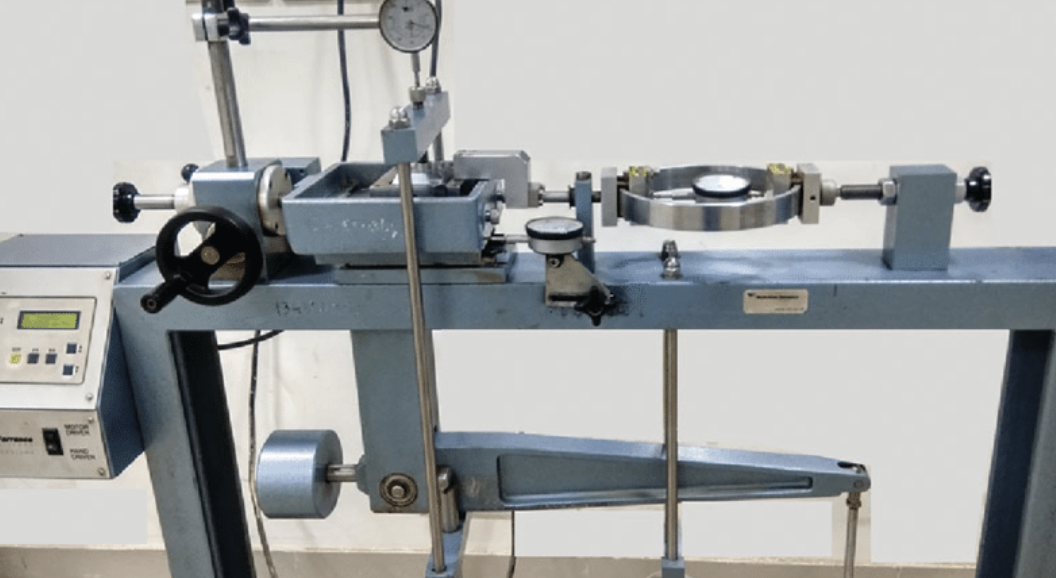
Understanding soil shear strength4 helps geotechnical engineers5:
- Prevent failure: Anticipate and mitigate slope or foundation collapse6.
- Ensure stability: Design structures that withstand expected loads.
- Optimize design: Reduce costs by accurately determining safe soil parameters.
| Beneficio | Description |
|---|---|
| Improved Safety | Reliable predictions prevent structural failures. |
| Cost Reduction | Optimized design prevents unnecessary material use. |
| Enhanced Stability | Ensures structures and earthworks remain stable. |
Where Is It Commonly Applied in Engineering Projects?
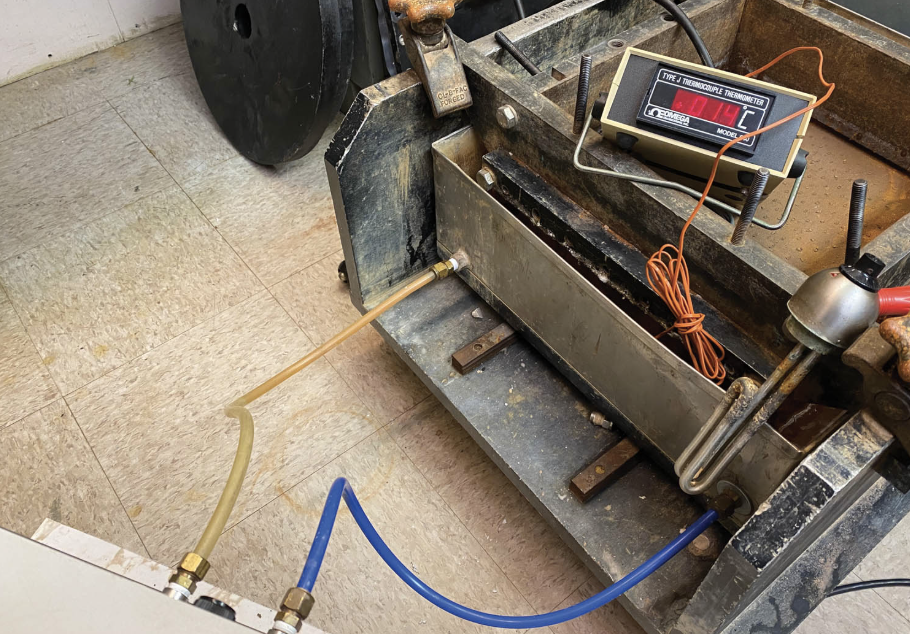
Direct shear testing is essential in numerous engineering scenarios, including:
- Slope stability assessments: Evaluating landslide risk and designing stable slopes.
- Foundation design: Determining bearing capacity and soil settlement behavior.
- Retaining structures: Ensuring walls and embankments withstand lateral pressures.
Why Is It Preferred Over Other Tests in Some Cases?

The direct shear test7 is often chosen due to its simplicity, cost-effectiveness8, and reliability. Compared to other methods, such as triaxial tests, it offers advantages like:
- Speed and simplicity: Easier and quicker to perform.
- Cost-effectiveness: Less equipment and training needed.
- Direct results: Straightforward interpretation of shear strength parameters9.
| Test Feature | Direct Shear Test | Prueba triaxial |
|---|---|---|
| Complejidad | Simple, fewer steps | More complex, detailed setup |
| Costo | Más bajo | Más alto |
| Accuracy | Reliable for routine analysis | Highly accurate, comprehensive |
While the triaxial test can provide more detailed data, direct shear testing is ideal for routine geotechnical evaluations due to its simplicity and effectiveness.
Conclusión
Direct shear testing is fundamental in geotechnical engineering, providing essential data for safe and efficient design. Its simplicity, cost-effectiveness, and practicality make it an indispensable tool for engineers ensuring soil stability and structural integrity.
-
Understanding shear strength is essential for predicting soil behavior under load, making it crucial for engineering projects. ↩
-
Cohesion is a key factor in soil stability; exploring this concept can enhance your understanding of soil behavior in construction. ↩
-
The friction angle is vital for assessing soil stability; learning more can improve your engineering designs and safety measures. ↩
-
Understanding soil shear strength is crucial for preventing structural failures and ensuring safety in engineering projects. ↩
-
Exploring the role of geotechnical engineers reveals how they contribute to safe and stable construction practices. ↩
-
Learning about the causes of collapses can help in designing better preventive measures in engineering projects. ↩
-
Understanding the direct shear test can enhance your knowledge of soil mechanics and its applications in engineering. ↩
-
Exploring cost-effectiveness in testing can help you make informed decisions about project budgeting and resource allocation. ↩
-
Learning about shear strength parameters is crucial for predicting soil behavior under load, essential for safe construction practices. ↩

